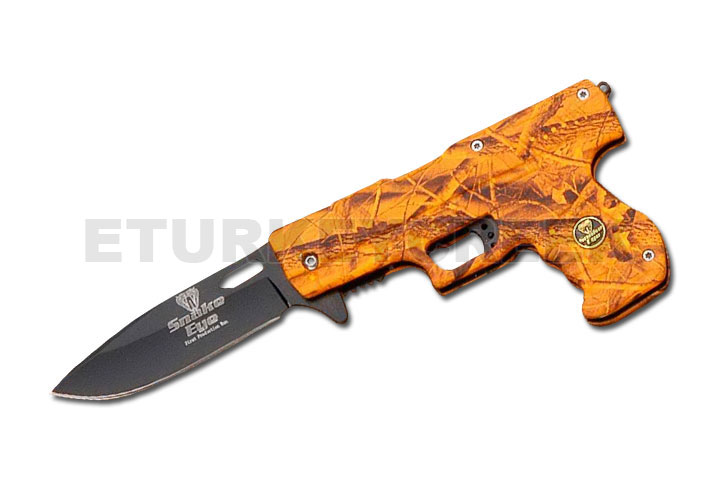I'm not a knife person, but posting this for those interested in switchblade knives. Atty. Jason Guida posted the info on his FB page. They are attacking this law as a 2A issue.
Knife Rights Files Amicus Brief in MA Supreme Court Switchblade Case
Follow the rest of this with the text of the Amicus Brief on the above webpage.Knife Rights has filed an Amicus (Friend of the Court) Brief with the Massachusetts Supreme Judicial Court in a criminal case involving illegal carry of a switchblade. In Commonwealth v. Canjura the Appellant has challenged the constitutionality under the Second Amendment of Massachusetts’ ban on carry of a switchblade. A decision in favor of the Appellant could strike down the Commonwealth’s ban on carry of switchblades.


![Laugh [laugh] [laugh]](/xen/styles/default/xenforo/smilies.vb/012.gif)
![ROFL [rofl] [rofl]](/xen/styles/default/xenforo/smilies.vb/013.gif)
![Laugh at above [laugh2] [laugh2]](/xen/styles/default/xenforo/smilies.vb/014.gif)
